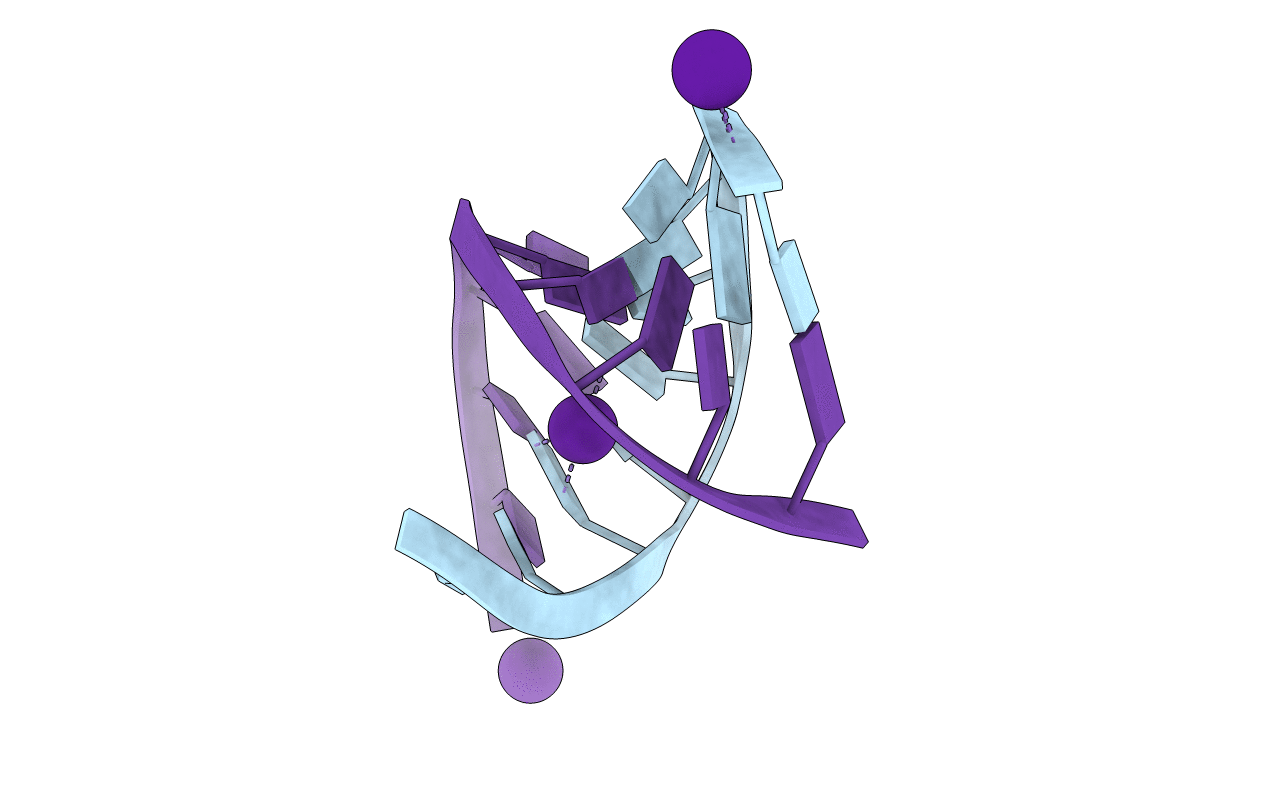
Deposition Date
2001-01-29
Release Date
2001-04-04
Last Version Date
2024-02-07
Entry Detail
PDB ID:
1I0K
Keywords:
Title:
1.05 A STRUCTURE OF THE A-DECAMER GCGTATACGC WITH A SINGLE 2'-O-METHYL-[TRI(OXYETHYL)] THYMINE IN PLACE OF T6, MEDIUM CS-SALT
Biological Source:
Source Organism:
Method Details:
Experimental Method:
Resolution:
1.05 Å
R-Value Free:
0.17
R-Value Work:
0.16
R-Value Observed:
0.16
Space Group:
P 21 21 21


